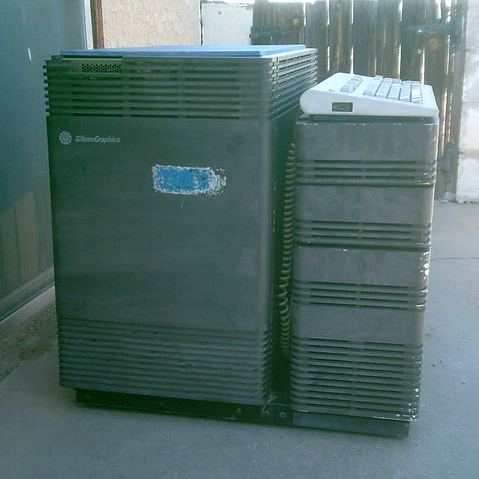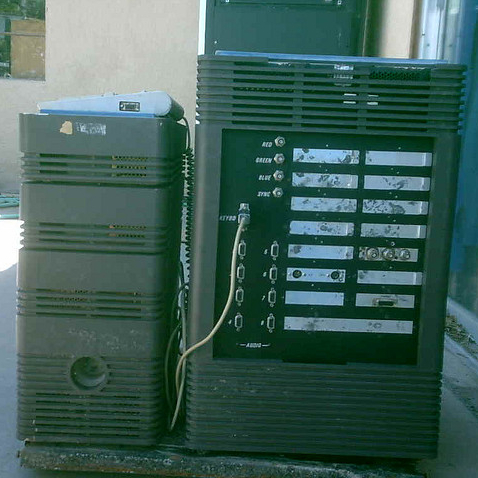 |
||
_______ _______ ___ _ ___ ______ ___ _______ _ ___ _______ __ __ _______ __ __ | || || | | | | || | / /| || | | || _ || | | || || |_| | | _____|| ___|| | | |_| || _ | / / |___ || |_| || | | || |_| || ___|| | | |_____ | | __ | | | || | | | / / ___| || || | | || || | __ | | |_____ || || || | |___ || |_| | / / |___ ||___ || |_| || || || | | | _____| || |_| || | | || | / / ___| | | || | | | | |_| || _ | |_______||_______||___| |___||______| /__/ |_______| |___||_______| |___| |_______||__| |__| IBM RT 6150 TOSHIBA T1100 NEXTSTATION >SGI 4D/340VGX SGI INDIGO SPARCSTATION LX SPARCCLASSIC POWERBOOK 165 POWERBOOK DUO 280 SGI ONYX SGI INDIGO2 IMPACT SGI INDY SGI CHALLENGE S SPARCSTATION 5 SPARCSTATION 20 POWERBOOK 5300C SUN ULTRA 1 SGI O2 SGI ORIGIN 200 SGI OCTANE APPLE POWER MAC G3 SUN ENTERPRISE 250 APPLE POWER MAC G3 B&W APPLE POWERBOOK G3 3COM PALM V APPLE IMAC G3 APPLE EMAC APPLE POWERBOOK G4 APPLE POWER MAC G5 MAIN System Maintenance Menu 1 Start System 2 Install System Software 3 Run Diagnostics 4 Recover System 5 Enter Command Monitor Command Monitor. Type "exit" to return to the menu. >> HISTORY The SGI IRIS 4D series was a line of workstations from Silicon Graphics built in the late-1980s through mid-1990s. They were the first SGI workstations to use the MIPS architecture. The line culminated with the Crimson which was produced until 1997. The PowerSeries of IRIS machines were successors to the Professional IRIS systems, and were the higher end units during the Personal IRIS era; they were the first symmetric multiprocessing computers made by Silicon Graphics. PowerSeries systems were first produced in a two-tower chassis, the smaller tower housing the power supply and disk drives, while the larger housed the bulk of the computer; later on, the single tower chassis was introduced. The higher-end systems — more than 4 CPUs — were shipped in a "refrigerator-style" rack because of space limitations in the deskside cases. >> SPECIFICATIONS
I found this computer literally half-buried in a friend's yard; her husband worked for the New Mexico Tech property yard, and when the system went up for auction and didn't sell, instead of junking it, he dragged it home. They were more than happy to let me remove it from the premises. Having sat outdoors for many years, I'd assumed most of the system's faculties would be shot; however, after a thorough cleaning, re-seating the boards, and replacement of a few dip switches and the front POST display, the system has powered on with proper video output on a number of occasions. It is not quite in a fully functional state yet; after moving from Socorro to Cincinnati, then back to rural New Mexico, many components of this system have been placed in storage until I have the room to work on it again. The system had its original keyboard with it, in similar shape; it still needs a serious cleaning before it will be functional. Alas, it is in storage in Socorro at this time, so I cannot continue working on it. I have since found a mouse that should work with the system, have obtained a "new" working hard drive, and install media for IRIX 5.3. Once I manage to get room to work on it, work will commence to bring this machine, named Kali, back online, perhaps even full-time. |


| |